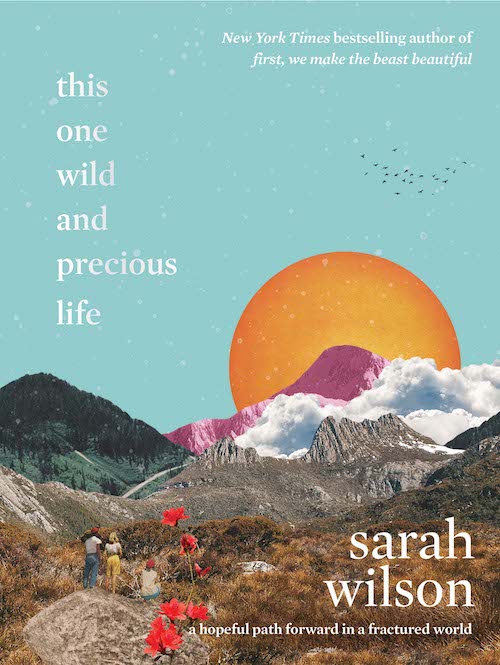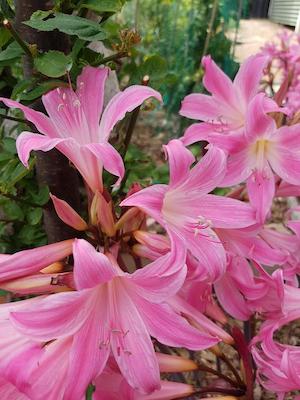I bought Sarah Wilson’s new book in January, and I’ve been digesting it since.
I read her earlier title First, We Make the Beast Beautiful a few years ago and have re-read it and recommended it to others since then. That book was an intimate and often painful look at living with bipolar disorder, as well as an informed discussion of anxiety in general. This time, Wilson looks at anxiety again, but through a larger lens. As in her earlier work, there’s some raw stuff around mental illness, relationships and fertility, but Wilson expands her horizons and her ambition. She calls on her readers to fully engage in This One Wild and Precious Life.
But first, she takes us through the sense of despair and disconnection, the ‘itchy’ feeling that we’re not living life right. The state of shock from the constant bludgeoning of global crises. Eco-anxiety. Covid anxiety. Inequality anxiety. Trump anxiety. It felt good to read how other people also struggle in these overwhelming times. How, like me, they ruminate (fruitlessly, endlessly). The runaway train of climate change makes us wonder why don’t we all rise up and do something but we worry that it’s too late, anyway. We grieve over our world’s increasingly toxic politics, with such increasing polarization that large swathes of people are unable to share a common reality. Here in Australia, there’s the weeping sore of relations with Indigenous peoples; injustice and inequality and sexism and racism; our government’s shocking treatment of refugees. The scandals of the aged care sector. Covid. Bad news just keeps coming.
The book is not all bad news, however. In a deliberately messy and personal way, Wilson shares the ways in which she attempts to reconnect with what’s good and joyful in life. Don’t worry! She’s not trying to be a lifestyle goddess, Instagram perfect, shiny and tidy and linked to athleisure wear and supplement sites. The clue in the title is the word ‘wild’.
Hiking is her thing. Mountains, preferably. Wilson likes to set off with a minimum of gear (and I noted – with mild alarm, being the safety frump that I am – usually without water), phone tucked into her bra and maybe a snack in her pocket. She walks. She pushes through discomfort. She often hires a car and drives to a national park or wild place where she camps, alone. Being in nature, she finds, is what best reconnects her with herself, and with her true purpose.
Wilson also encourages readers to buy less, use PT, walk or ride, get used to discomfort, embrace a “full fat” spiritual practice (not unicorns and rainbows), light up their minds with reflection, art, music, poetry and literature and engage in activism. She says that if only 3.5% of the population will engage in sustained non-violent protest, things will change.
I am sure it’s meant to be a hopeful, positive and inspiring book. But I think for me it just highlighted my impossible balancing act, the trick of honestly believing that we’ve stuffed it up; that we will be not be able to turn the ship of capitalism and consumption around in time – or at all.
And at the same time, enjoying the belladonna lilies, the ripening quinces, cups of tea with friends, and slices of cake, and my beautiful husband and son…
I tell myself that people have lived with and through wars and disasters and plagues for as long as we’ve been upright and human. I try to imagine my young parents in 1939, my grandparents in 1914. Medieval landscapes emptied by the Black Death. And so on. You know.
But I have a background ache for the world I knew, or thought I knew. A world with orderly seasons and only occasional floods and heatwaves and fires, with koalas sitting in their old gum-trees, and fern gullies, and soaring forests of mountain ash..
You know.
I now know the ache has a name. In her book, Wilson references the Australian philosopher Glenn Albrecht, who has coined a word for the emotional distress or grief caused by environmental change. It’s solastalgia, and it can be explained as ‘the homesickness you have when you are still at home’.


